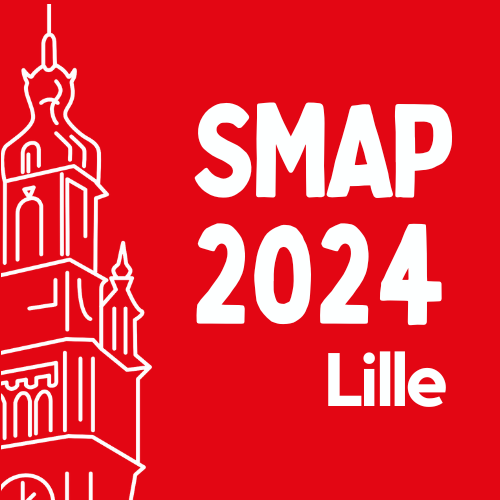
Session: Parallel session 7 - Club jeune FPS
Refining Advanced Sample Preparation and nanoLC-MS/MS Analysis Techniques for Single-Cell Proteomics
Introduction: The integration of TIMS with high sensitivity mass spectrometry (TimsQTOF) has significantly improved single-cell proteome analysis. Advances in ion population control and DIA-PASEF (Data-Independent Acquisition - Parallel Accumulation Serial Fragmentation) technology enable efficient precursor isolation and fragmentation, enhancing analytical depth.
Methods: HeLa cells were diluted to 200 cells/µL, then sorted, lysed, and digested using the CellenONE instrument. Sample preparation was optimized by adjusting digestion ratios (1:1 to 1:50), times (1h to 2 hrs), robot humidity (50% to 85%), and peptide recovery volumes (1 µL to 3.5 µL). The proteoCHIPs LF48 and EVO96 plates were tested. Peptides were separated on Aurora C18-RP columns using a nanoElute coupled to a timsTOF Ultra mass spectrometer. Separation was on a 5-35% ACN gradient over 30 min and 14 min at 0.25 µL/min. DIA-PASEF and Slice-PASEF were performed, comparing direct-DIA and spectral library processing with DIA-NN.
Results: Optimized preparation identified over 3200 proteins with DIA-PASEF on EVO96 plates and 4000 on the LF48. No significant difference was found between spectral library and library-free processing, highlighting DIA-PASEF's capabilities in single-cell analysis.
Conclusion: Building on these advancements, our focus is on developing a proof of concept to demonstrate that the optimized workflow can be applied to a specific disease. One biological application is to showcase how single-cell proteomics, when applied to sorting immune cells, can provide valuable insights into mantle cell cancer. This demonstration will not only validate the effectiveness of our methodology but also pave the way for its broader application in understanding and treating various diseases characterized by cellular heterogeneity.
Methods: HeLa cells were diluted to 200 cells/µL, then sorted, lysed, and digested using the CellenONE instrument. Sample preparation was optimized by adjusting digestion ratios (1:1 to 1:50), times (1h to 2 hrs), robot humidity (50% to 85%), and peptide recovery volumes (1 µL to 3.5 µL). The proteoCHIPs LF48 and EVO96 plates were tested. Peptides were separated on Aurora C18-RP columns using a nanoElute coupled to a timsTOF Ultra mass spectrometer. Separation was on a 5-35% ACN gradient over 30 min and 14 min at 0.25 µL/min. DIA-PASEF and Slice-PASEF were performed, comparing direct-DIA and spectral library processing with DIA-NN.
Results: Optimized preparation identified over 3200 proteins with DIA-PASEF on EVO96 plates and 4000 on the LF48. No significant difference was found between spectral library and library-free processing, highlighting DIA-PASEF's capabilities in single-cell analysis.
Conclusion: Building on these advancements, our focus is on developing a proof of concept to demonstrate that the optimized workflow can be applied to a specific disease. One biological application is to showcase how single-cell proteomics, when applied to sorting immune cells, can provide valuable insights into mantle cell cancer. This demonstration will not only validate the effectiveness of our methodology but also pave the way for its broader application in understanding and treating various diseases characterized by cellular heterogeneity.